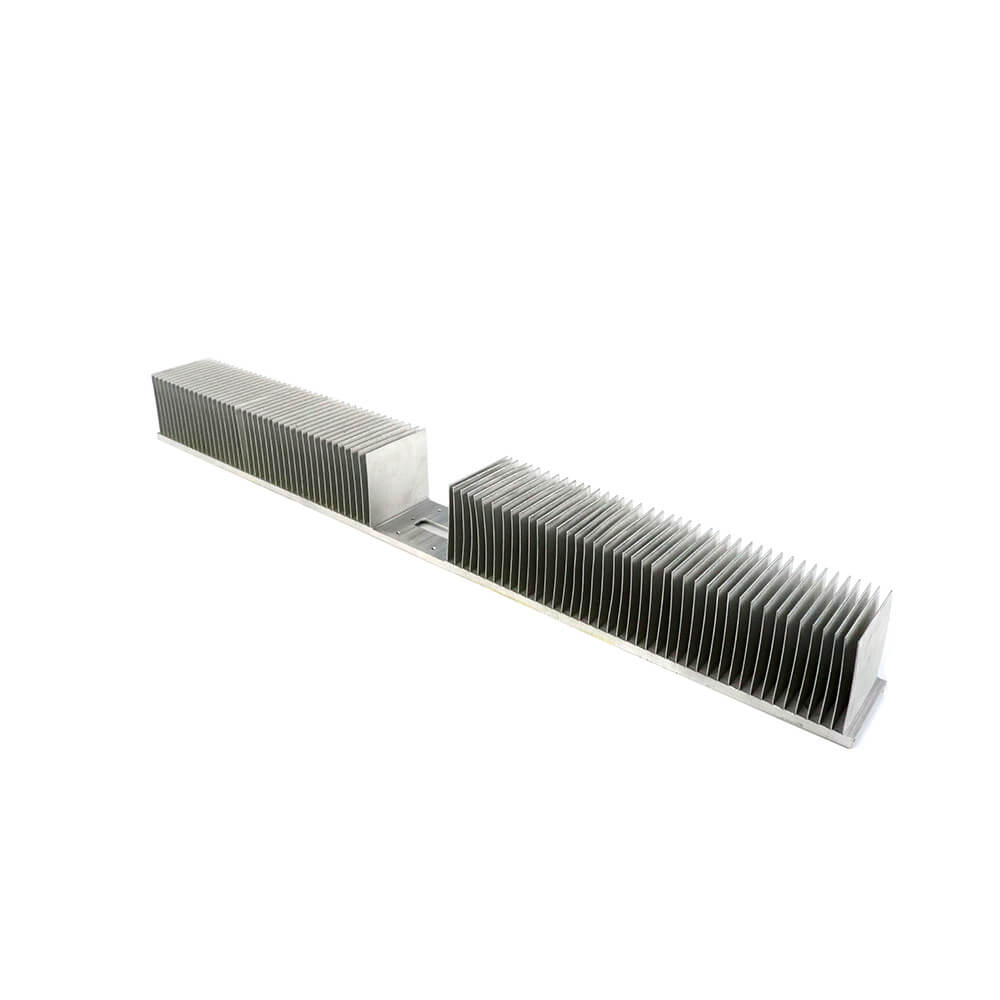
With the development of information technology, cloud computing and big data are gradually entering people's lives. As a node of the network, the server stores and processes 80% of the data and information on the network. It is similar to a general-purpose computer chassis, including processors, hard disks, memory, and system buses.

The need for multiple media streaming, cloud storage, data mining, analytics, and machine learning applications is driving the need for high-performance computing solutions, increasing the number of CPUs and GPUs in servers to increase processor speed. Due to the limited size of the server, many high-power electronic components run in it for a long time and under high load. Whether the heat generated by the electronic components can be transferred to the outside in a timely manner directly affects the stability of the server operation. The heat dissipation effect of the radiator made of polymer materials should be better.
Commonly used materials for LED radiators include metal materials, inorganic non-metallic materials and polymer materials. Among them, polymer materials include plastics, rubber, chemical fibers, etc. The thermal conductive materials include metals and some inorganic non-metallic materials.
Aluminum is the main metal heat-conducting material for LED heat sinks, and there are not many copper and iron materials. Because among the common metals, the thermal conductivity of aluminum and copper is relatively high, but comparing the two, the price of copper is higher than that of aluminum, and the proportion of copper is large, and the processability is not as good as that of aluminum, while the aluminum radiator is completely Can meet the requirements of LED heat dissipation.
Inorganic non-metallic materials with good thermal conductivity, which are in powder form before processing, need special processing to make them into ceramic-like radiators. Inorganic non-metallic materials have high thermal conductivity and are very insulating, but their prices are high, such as diamond , boron nitride, etc., and some have high thermal conductivity but are not insulated, such as graphite, carbon fiber, etc.; and it is very difficult to process inorganic non-metallic powder into ceramic radiators with complex shapes, so ceramic LED radiators exist Great limitations.

The thermal conductivity of polymer materials is very low. If metal powder or non-metallic powder with good thermal conductivity is added to make thermally conductive plastic or rubber, although its thermal conductivity will be greatly improved, its rigidity is poor, so it is not suitable as heat sink material.